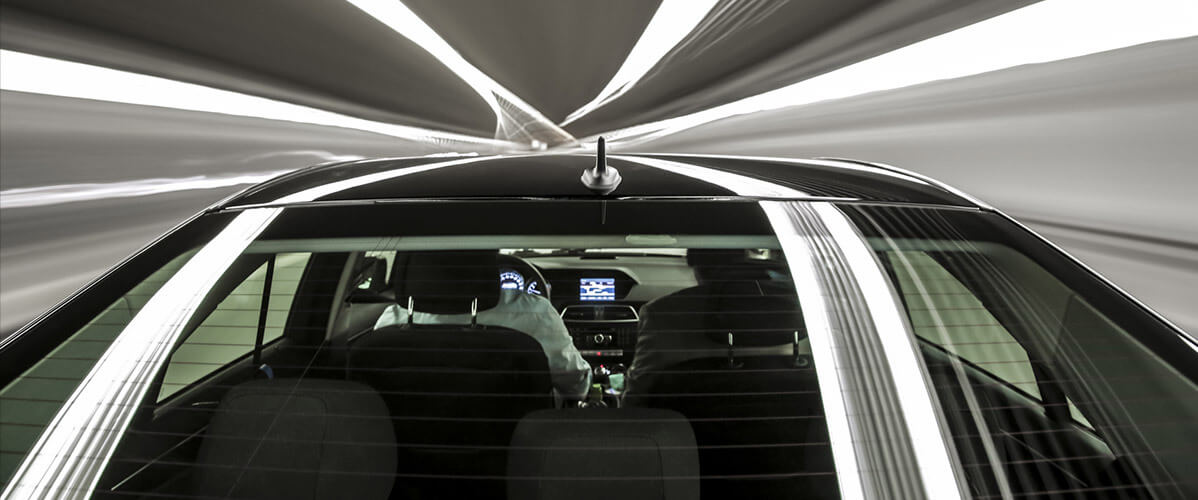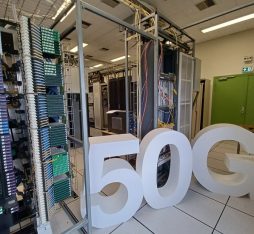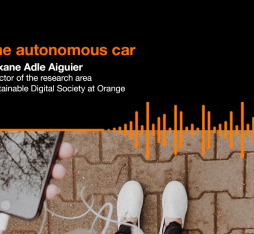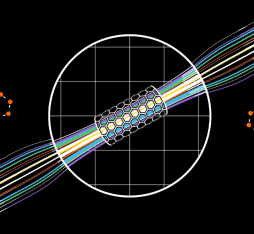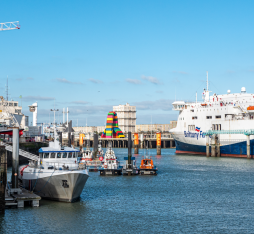“In the future, a truly efficient self-driving car will serve a group of people, never parking, dropping them off and picking them up between errands instead,” envisages Cédric Seureau, “Interconnecting Attractive Territories” Research Programme Manager.
Devoted to sustainable mobility of the future, the Movin’On Summit was held in June in Montreal, Canada. Orange was an event partner once again and was able to highlight its work and discuss this topic with experts from around the world.
“Tomorrow’s mobility can only be conceived by taking into account all the stakeholders of a broad ecosystem,” says Cédric Seureau, “Interconnecting Attractive Territories” Research Programme Manager at Orange. “To remain attractive, accessible and enjoyable places to live, territories must rethink the mobility of their users and work towards more sustainable mobility,” he adds. Digital services and connectivity have a major role to play in responding to this issue and devising a mobility model that is adapted to everyone, viable and likely to be adopted as widely as possible.
Today, connected mobility is being addressed using 5G because it allows for real-time communication between the vehicles themselves and their environment. “But it is also a way to optimally manage flows and decongest cities,” says Cédric Seureau. An example of this could be adapting car speed limits to avoid traffic jams or making it very easy for vehicles to park and thus preventing them from emitting more greenhouse gases by creating more congestion.
Sustainable mobility is a topic that is considered in a holistic sense: from the initial customer who needs to get to a meeting or travel to work, to the car manufacturers and then up to the architects and city planners who design neighbourhoods, roads, car parks, etc. “In the future, a truly efficient self-driving car will serve a group of people, never parking, dropping them off and picking them up between errands instead, which will change the whole appearance of neighbourhoods,” envisages Cédric Seureau.
Meanwhile, the communication between vehicles and their environment will have a very concrete impact on the way they are driven. “There’s no need for a car to speed up if the lights are about to change to red,” says Cédric Seureau. “It’s better for it to decelerate so that it doesn’t have to brake and can consume as little energy as possible,” he continues. The same will apply if a vehicle breaks down in an odd place, for example. Even without visibility, a car connected to its environment will know how to anticipate danger and will avoid emergency braking, risks of collision and unnecessary energy wastage.
In the connected mobility sector, 5G also enables the real-time collection and mass processing of data relating the locations, speeds and numbers of vehicles entering and leaving cities, etc., but we are not just concerned with a summary of these factors. To ensure fluid mobility and organise end-to-end movement around a city, users need to be connected and to synchronise their journeys in line with public transport. They need to know where to park their bikes and what time the next tram is coming… “Digital technology and connectivity are creating a dynamic trend in transport where all these services are orchestrated and driving is anticipated (pedestrians crossing, traffic at a crossroads, etc.), increasing safety and making real eco-driving a possibility,” says the “Interconnecting Attractive Territories” Research Programme Manager.
In the long term, the aim is to encourage residents to abandon their private vehicles in favour of soft or collective mobility. Orange has engaged in research in order to gain a better understanding of the socio-economic challenges and facilitate transition towards collective transport.
As part of its partnership with the University of Paris-Sud, Orange is supporting an economics thesis that will study “well-being and transport in the digital age” by comparing survey responses of employees in the European Silicon Valley outside Paris with those from tech companies in Cesson-Sévigné, on the outskirts of Rennes, where the arrival of the metro in 2020 is set to change habits completely. The idea is to understand how the use of smartphones changes the transport experience and to identify the future drivers of transformation in mobility. From a multitude of usage data (type of activities carried out on smartphones, apps used, duration of use, etc.) and mobility data (when, in what context, where, etc.), this study seeks to get the most value from the time that is no longer devoted to driving.
In parallel, as part of our participation in the Think & Do Tank “Movin’On Lab”, Orange and Michelin are launching a community of interest on mobile workspaces called “Smart Bus”. For businesses whose employees have to travel to remote sites, the idea is to study how they can make the most of their journey times. “It’s about ensuring that the time previously spent travelling by car is no longer wasted by providing commuters with benefits that will make them choose collective transport, which may seem more restrictive at first,” explains Cédric Seureau. The study started this year and experiments and results are expected for next year.
To be continued…

